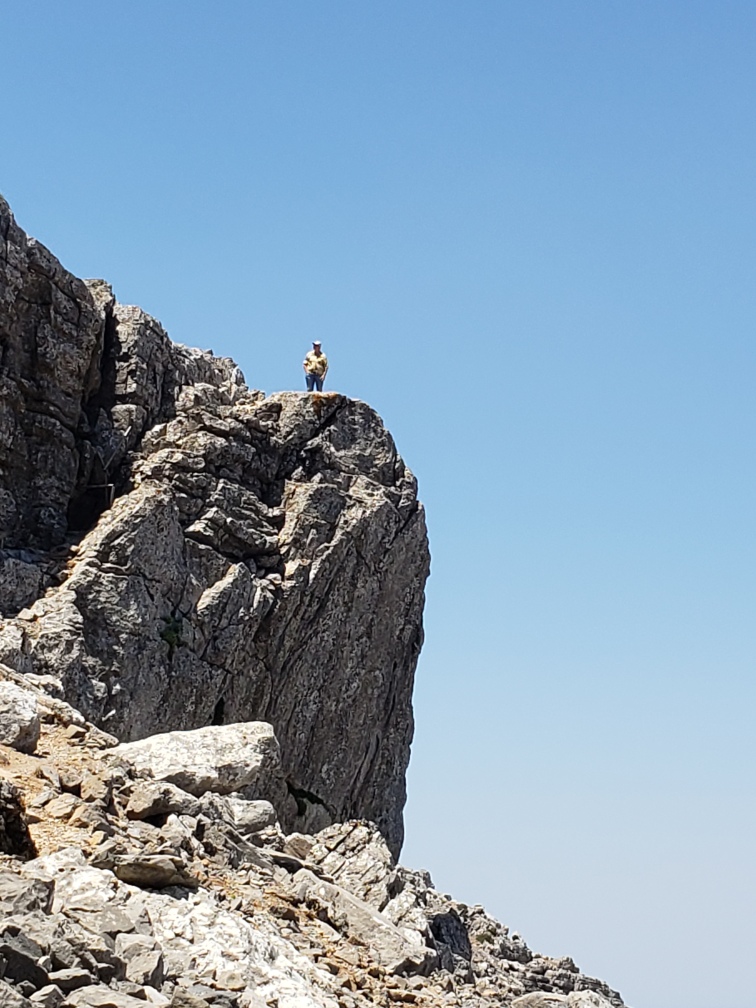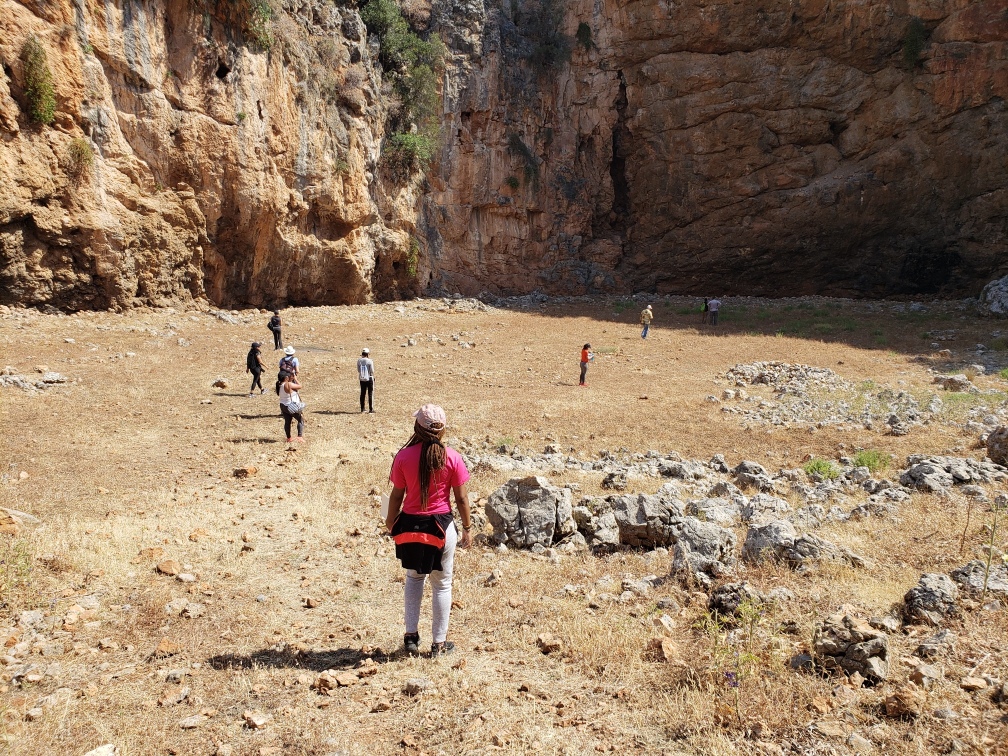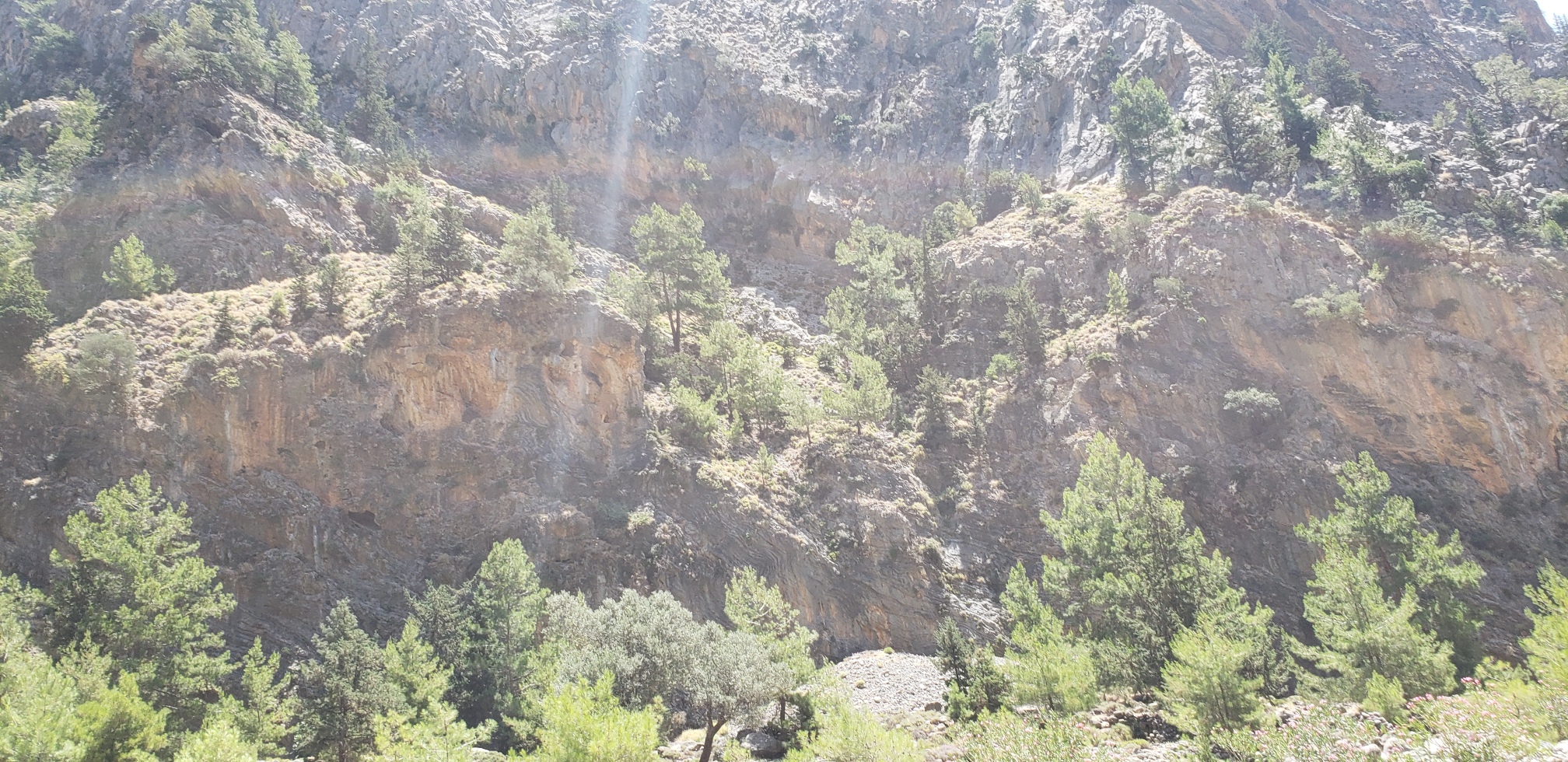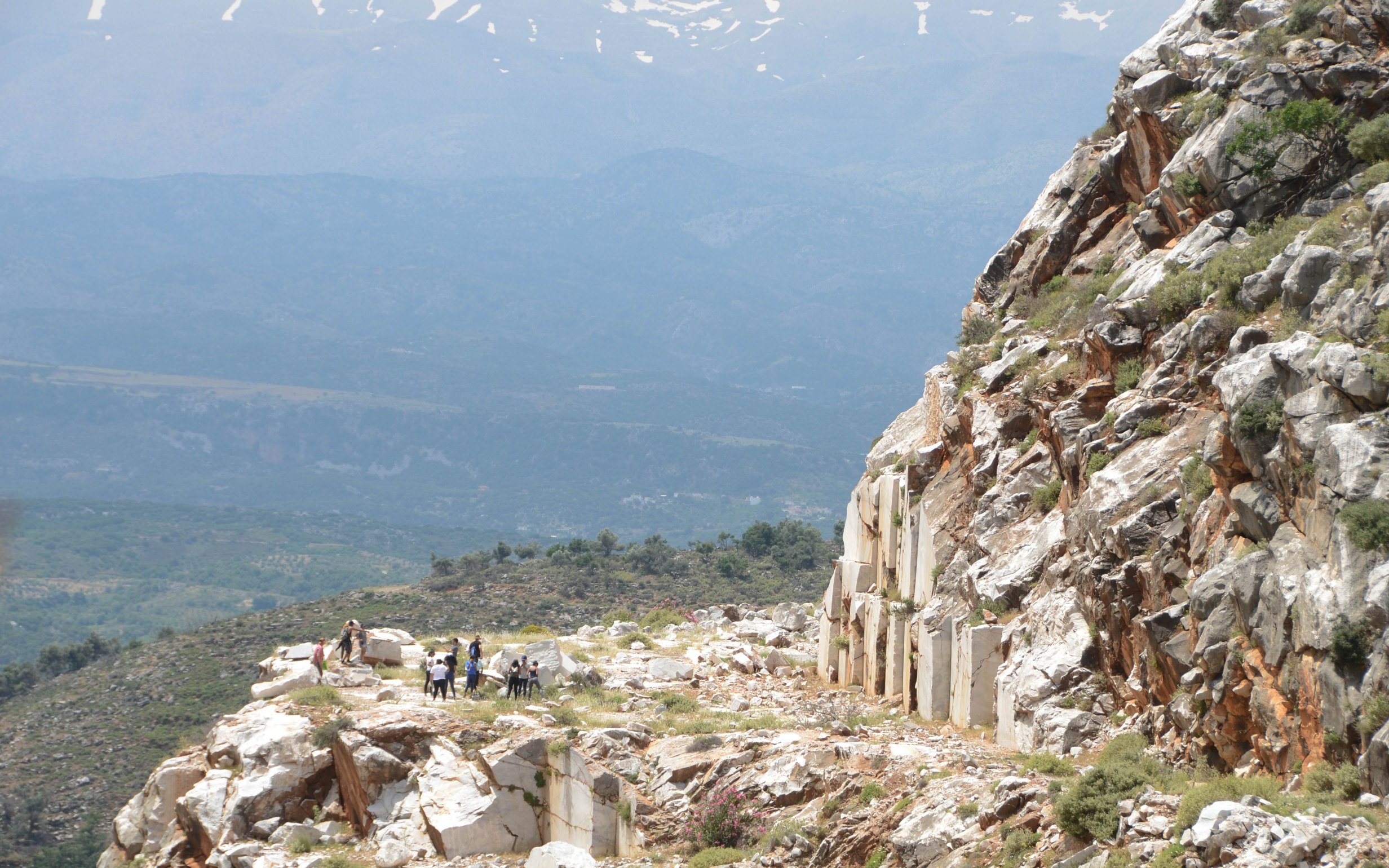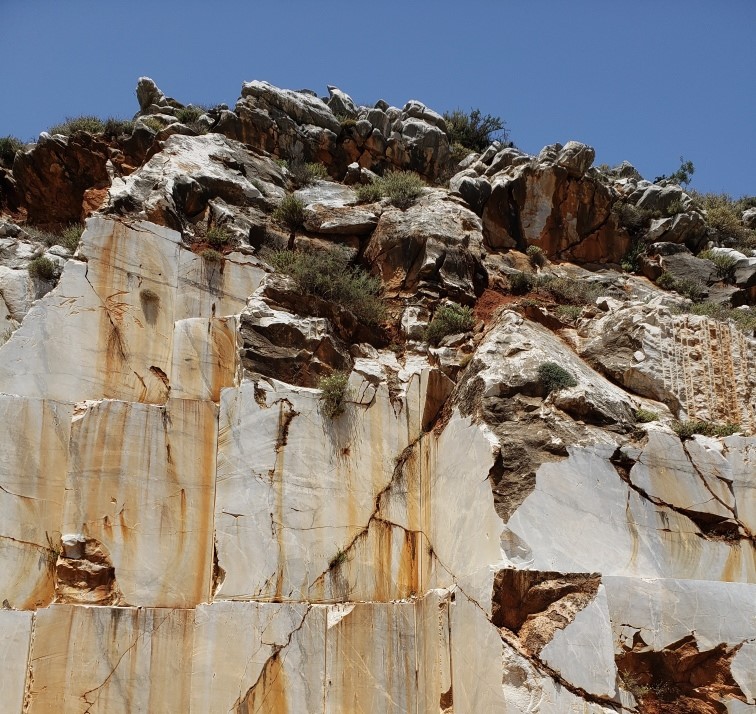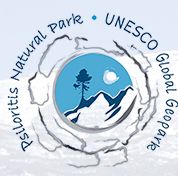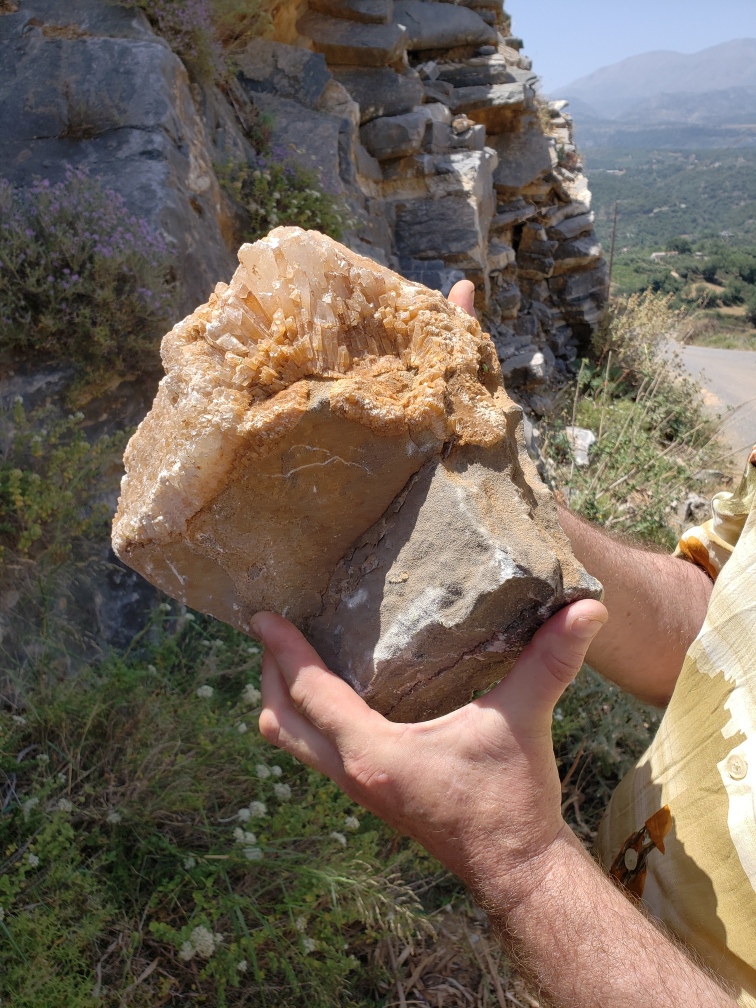
Sedimentary
Sedimentary rocks consist of loose material (sediments: clay, sand, gravel), sometimes packed and sometimes not, sometimes created by precipitation and sometimes by biologic organisms. The source of the majority of sedimentary rocks (except for those created by biologic organisms and precipitation from water) can be any kind of another rock.
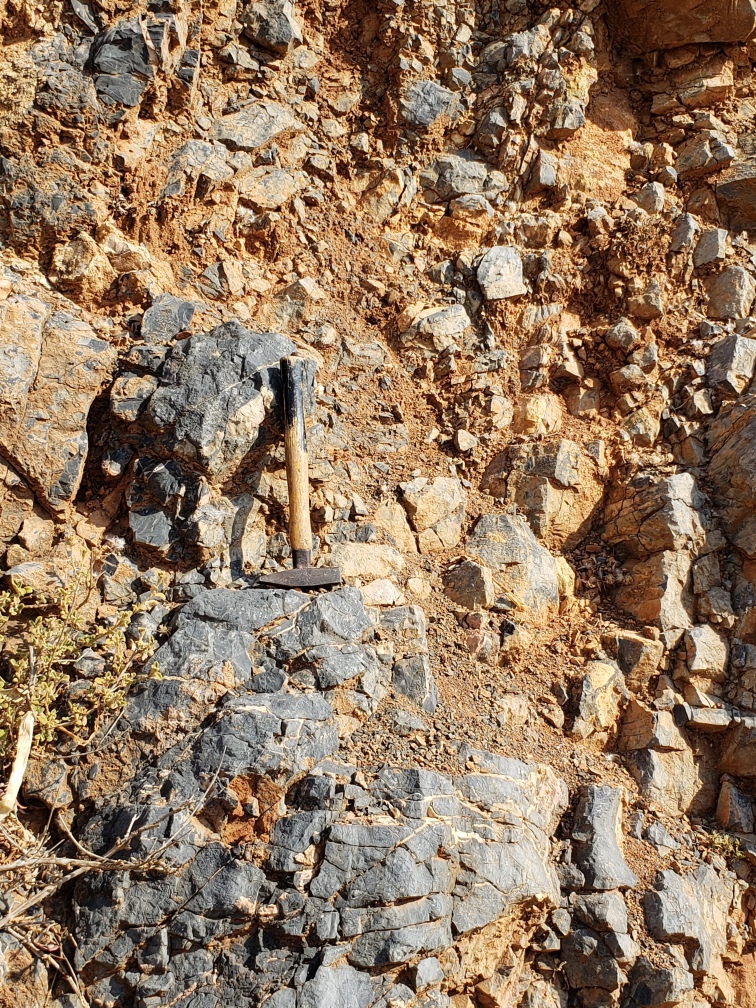
Metamorphic
These rocks are fun. They have so many shapes, colors and odd features that it would take a life to learn all their varieties. They do not look like other rocks. These rocks are called metamorphic because they originated from previously formed sedimentary, igneous and other metamorphic rocks changed by pressure (P) and temperature (T). They are truly geological cosmopolitans.
.jpg)
Igneous
Igneous rocks were formed by magma (found in subsurface, underground) and lava (magma coming out on the earth surface). These rocks form during magma/lava cooling, within the range from high temperatures (up to 1200 degree Celsius) to low (air temperatures). Mineral grains were grown from the magma material during cooling, each mineral at a certain time and depth.
Doxaro – An example of tectonic process of folding and limestone metamorphism
Doxaro is the name of the village on the outskirts of the northern part of Psiloritis Mountains. Two geological features makes this location attractive to visit: abandoned marble quarry and folds of dolomites and limestone. Dolomitization (metamorphism of limestone) occurred approximately 140 million years ago when the ancient ocean Thetys was closing by the movement of African plate toward European plate. At this time limestone was folded and during the process limestone (CaCO3) was turned into dolomite (Mg CaCO3). Marble quarry is a small area next to folds; it represents higher level of metamorphism of the original limestone when calcite crystals started growing and eventually formed a massive marble rock.
Plateau-Nida – Place of Zeus upbringing and an example of gigantic karstic process in the mountains
The location of plateau is next to Mt. Ida, the tallest (2,456 m) mountain peak on Crete, within Psiloritis Mountains range. The round shape of the plateau is due to the dissolution of carbonate rocks (limestone) by surface and groundwater, a geologic process known as “karst”. This process is also responsible for creation of caves. One of them Ideon Andro is on the western side of Plateau Nida and is open for visitors. Excavations in this cave revealed many archaeological objects, suggesting that people inhabited it and used as a worshipping place since neolitic times.
.jpg)
Samaria Gorge. – Giant fault line
In geologic history of Crete Samaria Gorge represents a giant fault line with the exposure of folded Plattenkalk carbonate rocks, formed approximately 200 million years ago. Upper part of the Samaria Gorge is formed by gray Trypali limestone, formed approximately between 200 and 140 million years ago. Samaria Gorge is part of the White Mountain (Lefka Ori) range on the western side of Crete. There is a relatively large stream that passes through the Gorge bottom and discharges into the sea. Samaria Gorge was most likely formed during the tectonic uplift that occurred in late Miocene (13 – 5 million years ago).
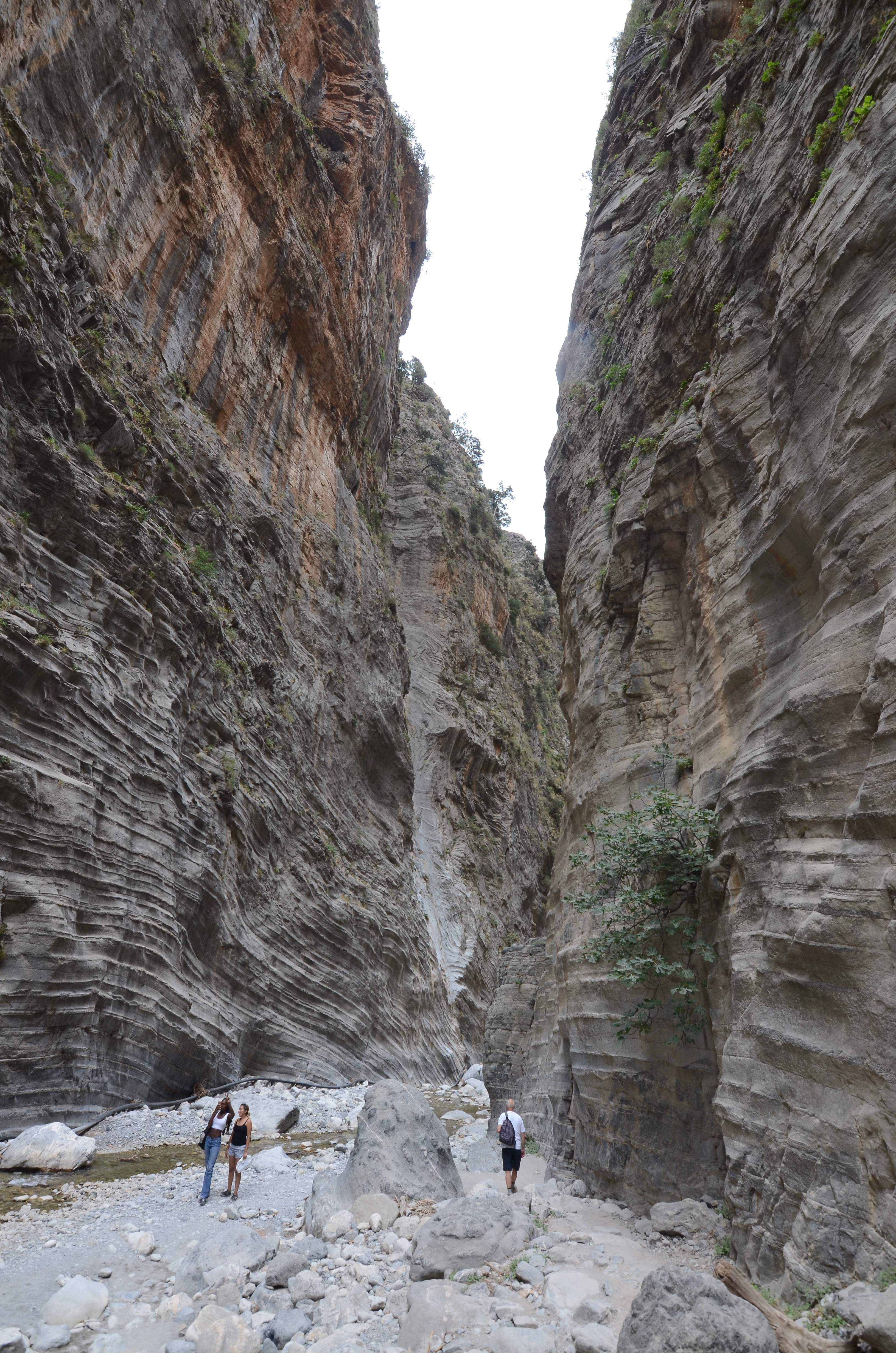
Mount Kofinas, – Silent beauty on the southern coast of Crete, tilted limestone formation
This mountain is a highest peak (1,231 m) in Asterousia Mountains in southern Crete. It consists of carbonate rocks (marls, limestone), formed about 10 million years ago (Miocene), with characteristic bedding planes and karst, typical for the most of carbonate rocks on Crete. Because of karstic voids, mountain stores a lot of fresh water that feeds springs and groundwater aquifers. Bedding planes are slightly inclined and can be clearly seen on the side of the mountain and at the top.
